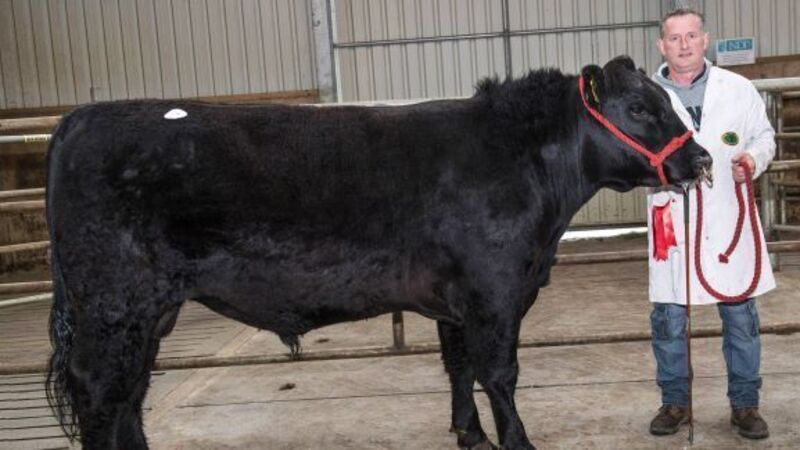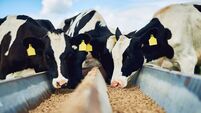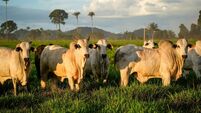It will take years to rebuild silage reserves

It is amazing how different this year is compared to last year.
There has rarely been as much silage cut, by the middle of May.
Thankfully, the weather looks like settling, which will allow more silage to be made, sooner rather than later.
Most of the silage cut so far has been in the north east, but the south and south east are set for action this week.
Silage Decisions
While many are still considering holding on for a big first cut of silage, the aim of producing quality feeding must not be ignored.
Of course, you need a full pit to get through next winter, but you also need to consider what quality you have, and its impact on animal performance.
It might be worth considering taking the first cut soon, in order to get the second cut growing as fast as possible. Anyone who delayed their first cut in 2013 until after June 10, for bulk, ended up with a poor second cut due to the drought in July.
Deciding to take a first cut early may result in you being able to take a third cut.
This would maximise the amount of grass ensiled per acre.
We need to look at our options carefully in order to get through next winter.
For many, little or no reserves of fodder exist, and it will take a number of years to build reserves back up again.
Quality silage is always the right silage.
Lighter cuts will be better quality, resulting in less concentrates being required for next winter, while also increasing the amount of straw that could potentially be fed to weanlings and sucklers.
It may seem obvious — but well preserved silage is also critical, as you can’t afford any waste.
Well preserved silage does not just happen, however.
Fertiliser volume and application date, along with cutting time and date, determine preservation every bit as much as pit management.
Grass should where possible never be on the ground for more than 24 hours.
Over-wilting is not a good idea — as many learned last year.
Pit management at ensiling is critical, and needs a lot of care and attention.
Filling pits too fast results in poor consolidation, and more air in the pit, causing spoilage. Pits should be sealed as soon as possible, once rolled sufficiently.
The use of an additive is also worth considering, particularly if you are ensiling young leafy material.
Additives which prevent silage from heating at feed-out will optimise the amount of silage eaten by stock, and the feed value they extract from it. Most additives are designed to enhance the natural fermentation rate and speed up the pH drop, resulting in a more stable clamp.
Remember that an additive will keep good silage good; but it will not make bad silage good!









